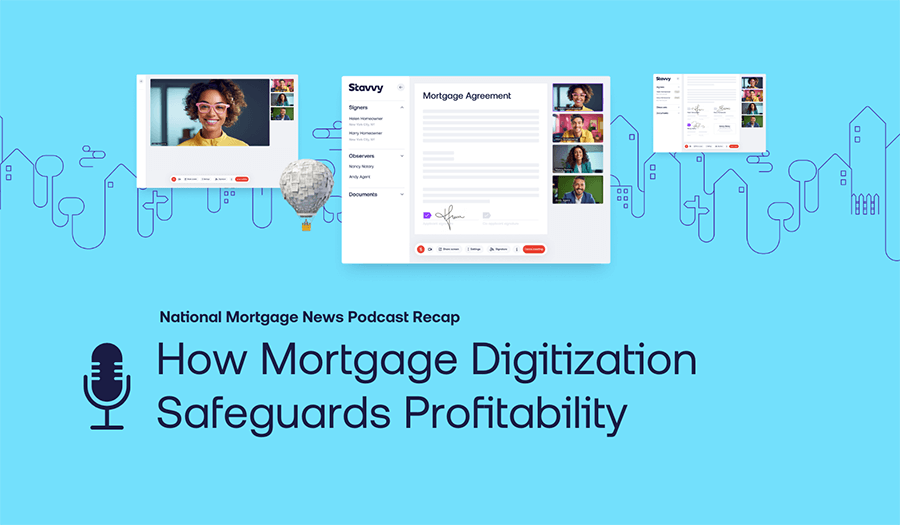Some guests on FinSide Chats have so much insight to share that one episode can’t begin to cover it. For example, Angel Hernandez, Stavvy’s Head of Industry & Regulatory Affairs. A veteran of Ginnie Mae, Angel joined us on the podcast some weeks ago to discuss how digital tools are making a difference in government-backed lending. And now he’s back with us again for a conversation on COVID-related forbearance issues – how they affected lenders and borrowers, and what happens now that some of the regulatory protections, such as the foreclosure moratorium, are phasing out.
Listen Now: COVID-19 Forbearance: What to Expect Next
How bad might it be?
It’s difficult to go back in time and recall exactly what we were all thinking and expecting when COVID appeared two years ago, not just as a health emergency, but also as an economic and social crisis. Relating to mortgages, Angel provides this comparison as context: “I think then, probably the best comparison we would've seen was the disruption to the industry from the great financial crisis. If we look back [to that crisis], what we know today is about 9.3 million households lost their homes, whether it was to foreclosure or short sale. So, when we first instituted the lockdowns […] we probably expected north of, I don't know, 25% of all outstanding mortgages would be impacted by [COVID].”
The 3-pronged response
Fortunately, the sobering magnitude of the crisis led to a number of measures – from The Care Act to CFPB initiatives – to lessen the danger for homeowners and clarify the requirements and expectations for lenders and servicers.
Angel describes it as a three-pronged approach. “First, providing relief immediately and directly through payment forbearance for any mortgage that was affected by COVID-19 related hardship. Whether, financial or health,” he begins. “Second was putting in place a moratorium on foreclosures. To really give folks the peace of mind that they would have security in their home while we all overcame the challenges we're facing together. And the third would be just revising the loss mitigation options that were available to homeowners when they were ready to exit forbearance.”
As it turned out, these responses were to a large degree equal to the threat created by the pandemic. While many families have experienced financial hardship, the ultimate number that will lose their homes is not expected to reach anything near the 9.3 million seen in the financial crisis.
Digital processes are needed now more than ever
As the foreclosure moratorium comes to an end, many homeowners will be able to retain their homes through loan modifications. Like loan originations and closings, these are complex, highly regulated, document-intensive processes. The documents must be drafted flawlessly, signed, notarized, returned, recorded, and stored indefinitely.
The inefficiencies of doing all this on paper are obvious. “Delays in shipping or lost documents on either side, from the servicer or the borrower, have tremendous consequences,” Angel says. “If the delay is substantial, it could necessitate re-execution.” This means additional expense, more stress for the homeowner, and the possibility for errors that make the loan unsellable. Angel continues: “The benefits of adopting the tools that we have focused on for e-closings – whether it's e-sign or electronic doc collaboration – those benefits are just accentuated in the servicing space."
We’re gratified to have Angel on our team. With his finger on the pulse of what’s happening not just in lending and FinTech but also in the regulatory world, he keeps us focused on the innovations that will have the greatest impact in the space right away and in the future.
“Loss mitigation, loan modifications, I think provide a prime example of the type of transaction and the type of change that servicers can implement [digitally]. That is going to have a direct impact in their operations, in their cost, in the accuracy of the documents, in the homeowner experience. And in their ability to be compliant.”
- Angel Hernandez
Learn more about how the  is taking real estate beyond documents.
is taking real estate beyond documents.



![[Webinar Recap] Advancing Your Digital Default Servicing Strategy](https://blog.stavvy.com/hubfs/advancing-your-digital-default-servicing-strategy-blog-recap.png)